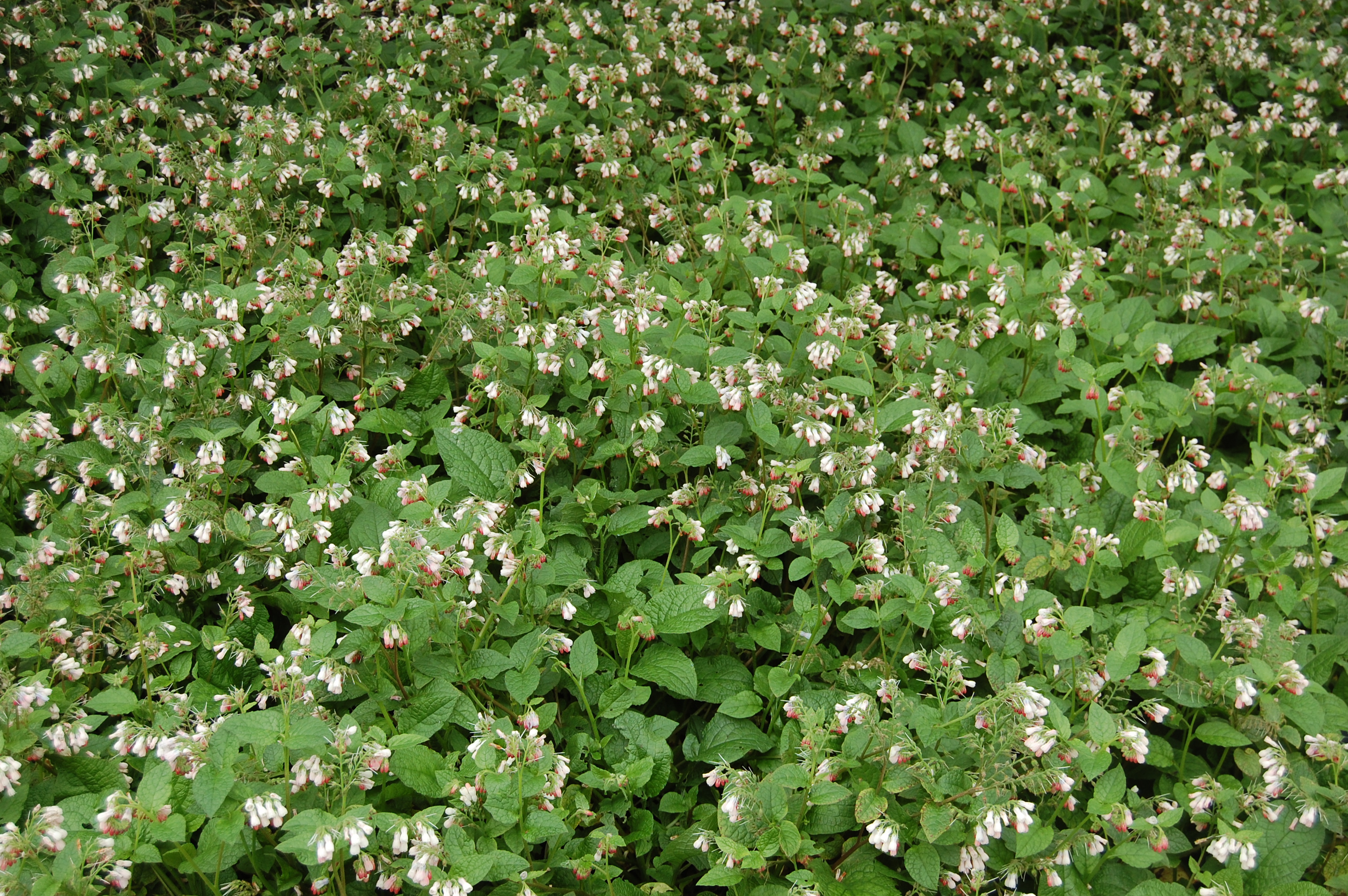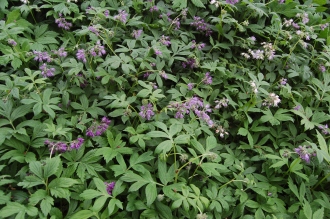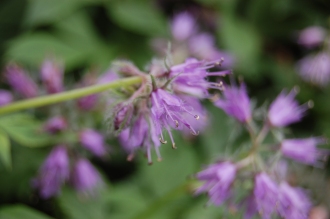Position: Partial shade to full shade
Flowering period: Late winter to Spring
Soil: Moist, well drained
Eventual Height: 30cm
Eventual Spread: 60cm
Hardiness: 4a, 4b, 5a, 5b, 6a, 6b, 7a, 7b, 8a, 8b, 9a, 9b
Family: Boraginaceae
Pulmonaria saccharata ‘Leopard’, commonly known as Lungwort, Bethlehem Sage or Jerusalem Sage, is a semi-evergreen herbaceous perennial with a clump forming habit. The species, Pulmonaria saccharata, is native to France and Italy. In its native habitat it grows in woodlands and woodland edges. Pulmonaria saccharata ‘Leopard’ has dark green leaves with silver blotches and their upper surface is hairy. Its pale purple to deep pink flowers are attractive to pollinating insects, including bees. Its roots are rhizomes which aid its spread. Pulmonaria saccharata ‘Leopard’ may be used as an effective ground cover perennial suitable for woodland or understory planting. It requires little maintenance and large clumps may be lifted and divided in autumn.










